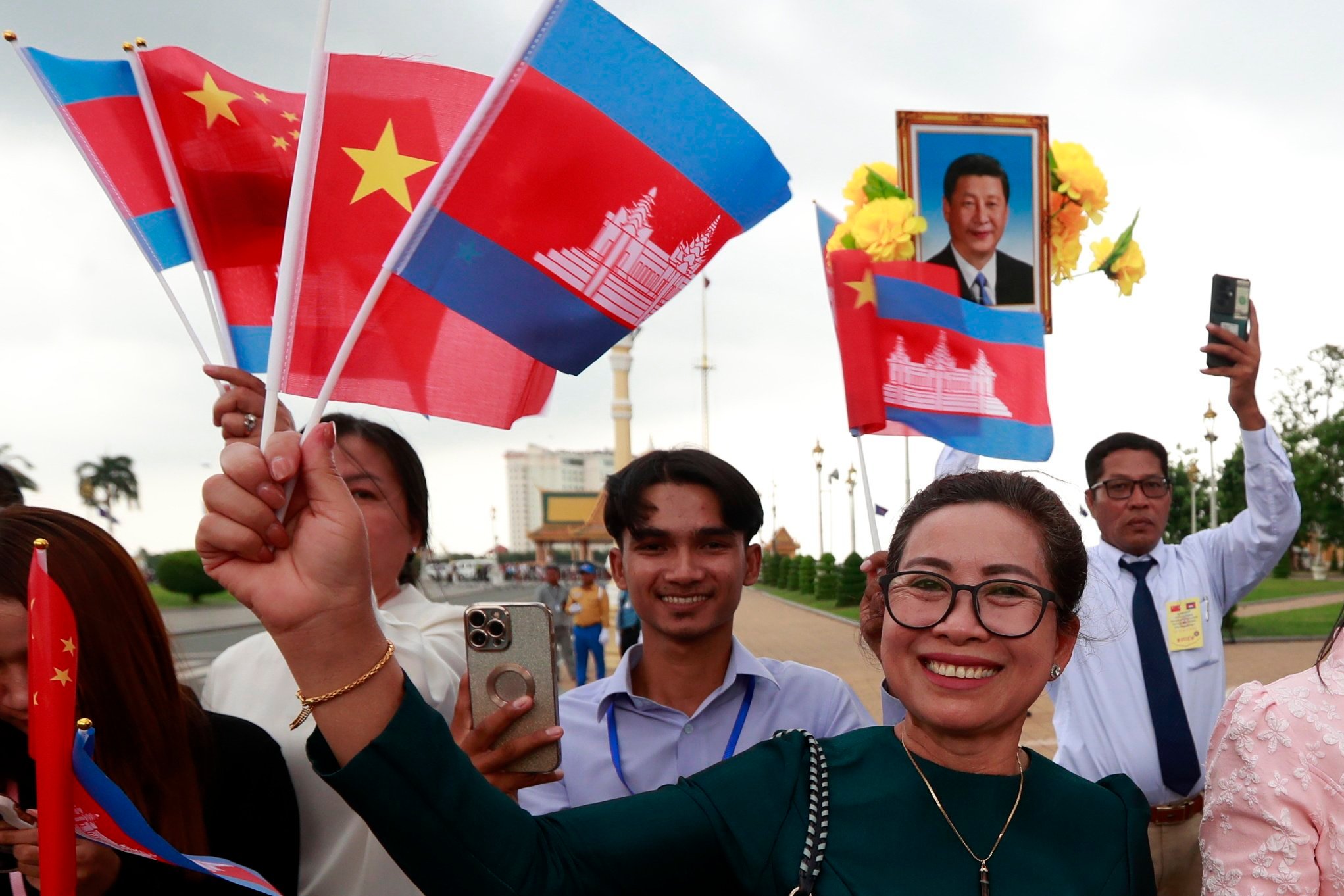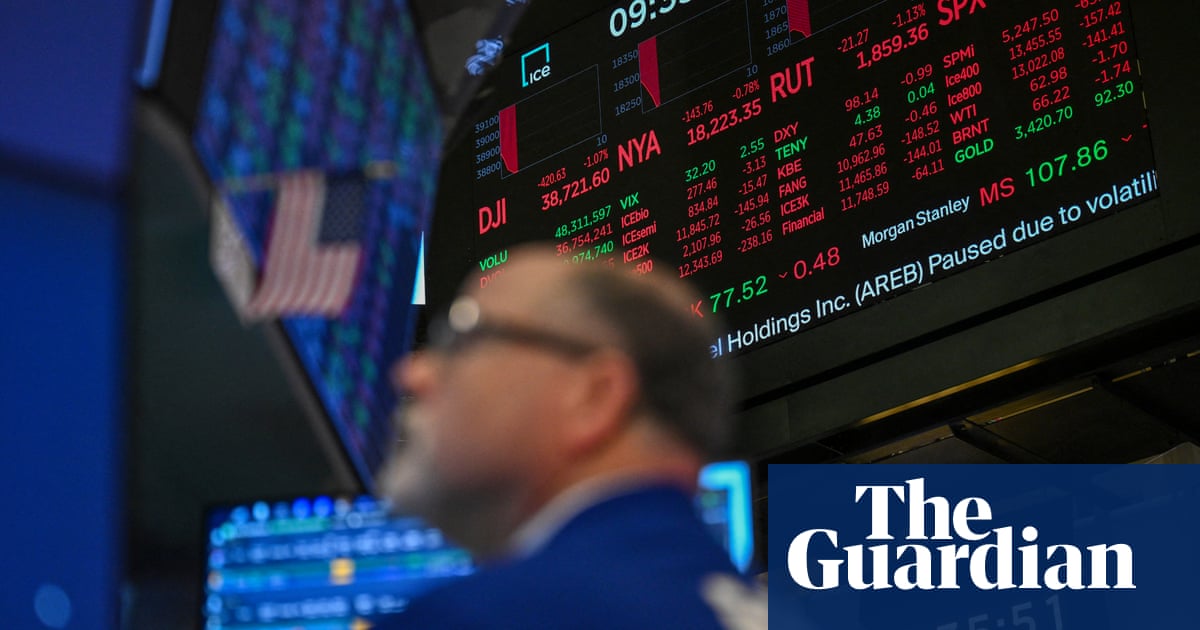After the fanfare, what did China’s Xi Jinping achieve on his trip to Southeast Asia?

Vietnam, Malaysia and Cambodia rolled out the red carpet for Chinese President Xi Jinping during his weeklong trip to the neighbouring countries. In Hanoi, hundreds of children waved flags as he appeared at the Presidential Palace. In Kuala Lumpur, an honour guard fired off a 21-gun salute. And in Phnom Penh, King Norodom Sihamoni broke protocol to greet the Chinese president at the airport. But beyond the pomp, the substance of the trip was a message of unity – of the need for countries to stand firm against protectionism amid the uncertainty thrown up by the United States, including by its “reciprocal” tariffs. In Vietnam, Xi told Vietnamese leaders that they should stand up against “unilateral bullying”; in Malaysia, he said the two countries should counter unilateralism and protectionism; and in Cambodia, he stressed that trade wars undermined the multilateral trading system. Observers said the trip helped to build trust within the region, and underlined the strategic importance in Southeast Asia had for China in countering the US tariffs. “The main message that was being sent is that China will be the counterbalance to America’s protectionism. While America is not often named, the message is quite clear,” said Dylan Loh, assistant professor of foreign policy at Singapore’s Nanyang Technological University. Southeast Asian countries were among the hardest hit by the “reciprocal” tariffs when US President Donald Trump announced them this month but he has since paused the levies for those countries for 90 days. However, Trump kept tariffs on China in place. He has imposed tariffs of 145 per cent on Chinese imports so far this year and according to a White House fact sheet, China now faces tariffs up of to 245 per cent, a figure that includes tariffs ranging from 7.5 per cent to 100 per cent that predate the second Trump administration. Beijing retaliated with new levies on US goods of 125 per cent, also on top of tariffs that were imposed earlier. Loh said that against that backdrop, Xi’s message on his tour – that China was a key defender of multilateralism and the existing economic order was appealing – would be well received. “Of course, whether this amounts to any obvious strategic tilt towards China by the three countries remains to be seen but I think it is very welcomed. I think it was largely a successful trip, particularly in the context of China’s emphasis on its neighbourhood,” he said. Zhu Feng, a professor of international affairs at Nanjing University, said the visits underscored Southeast Asia’s strategic importance for Beijing as it sought support to counter Trump’s trade war. “China has realised that in the face of Washington’s crazy suppression and disruption of global free trade, the priority is to expand openness, explore new markets to mitigate and transfer risks, and diversify economic and trade partnerships,” he said, noting that Asean was China’s largest trading partner. “In this context, China’s periphery, and Southeast Asia in particular, has become increasingly vital for reducing risks, redirecting exports to offset US market losses, and garnering international understanding and support against the US bullying.” Zhang Jie, a researcher at the Chinese Academy of Social Sciences, said Southeast Asian nations’ warm reception of Xi last week reflected their desire to “deepen cooperation with China to jointly tackle the tariff shock” as countries recalibrated their relations with Beijing in the wake of Trump’s renewed trade war. She called the visit a “success, with many early results focusing on closer economic ties and regional cooperation”, adding that while Association of Southeast Asian Nations (Asean) had traditionally been the focus of China’s peripheral diplomacy, “there’s a shift toward prioritising bilateral relations”. One highlight of the visit, she said, was the establishment of “2+2” or “3+3” ministerial-level consultation mechanisms to foster political and strategic consensus, which was a relatively novel approach for China. Zhang added that sensitive issues like the South China Sea were openly discussed during Xi’s trip but Beijing sought to set aside differences while highlighting possible cooperative opportunities such as joint maritime law enforcement. China has overlapping claims with several Southeast Asian countries including Malaysia and Vietnam in the South China Sea, which Beijing claims almost entirely. Zhang also noted that Xi’s visit – which had been planned for weeks – followed a rare Communist Party meeting earlier this month on neighbourhood diplomacy, the first of such gathering since 2013. “China seeks a unified voice against US unilateralism or a focus on regional cooperation to form a force not fully subservient to the US,” she said. But each of the three Southeast Asian countries responded differently to China’s call for unity against the US, reflecting their distinct relationships with China and diverse economic structures, according to Zhang. Of the three, Cambodia, which relies on Chinese aid for economic development, showed the strongest strategic alignment with China. Malaysia, as Asean’s rotating chair this year, has consistently avoided taking sides, while maintaining measured silence on sensitive issues, a position that Zhang said China understood and accepted. But Vietnam, which potentially faces the highest US tariffs in Southeast Asia after the 90-day pause, was clearly more cautious in its response to Xi’s anti-US calls. Zhang said while Hanoi hoped to seek closer economic ties with Beijing, it would be unlikely for Vietnam to give up its “bamboo diplomacy” strategy of hedging between China and the US. For example, just ahead of Xi’s visit, Vietnamese Communist Party chief To Lam had a phone conversation with Trump, agreeing to negotiate on tariff exemptions, while stepping up measures to curb the transshipment of Chinese goods. Nevertheless, Beijing seems undeterred and willing to overlook other issues to stay focused on the bigger picture. Zhang noted that even as Hanoi had accelerated its reef construction in the disputed South China Sea, Beijing had largely refrained from criticising Hanoi. “Everyone is focusing on the main issues, including strengthening regional cooperation through mutually beneficial economic ties in dealing with Trump’s impact. For now, China won’t let the South China Sea disputes hinder development with neighbouring countries,” she said. Liu Ying, a research fellow of Renmin University of China’s Chongyang Institute for Financial Studies, suggested that some countries in the region were “quite nervous” about the potential impact of what could be an unprecedented global tariff war. She said as the world’s second-largest economy, China could help boost confidence in the region. “[Bilateral engagement at this time] is helpful for Southeast Asian countries … to have the confidence and strategic determination to deal with the impact of the tariff war. To deal with unreasonable tariff policies, we need to work in a coordinated manner,” Liu added. “I believe this visit will stabilise the regional situation and unite Asian countries to meet challenges.” Liu said that even as countries were set to face growing pressures from Washington to reduce their trade with Beijing, Southeast Asian economies were unlikely to abandon China as the foundation of their industrial and supply chains. It creates an exclusive sphere of influence akin to a community of common destiny. Clearly that does not include ‘outside powers’ such as the US Hunter Marston, Australian National University “Every country wants to safeguard its own core interests and needs a comprehensive balance. Strengthening cooperation with China is indispensable,” she said. Hunter Marston, a Southeast Asia researcher at the Australian National University, said one thing that stood out was Xi’s remarks to Malaysian Prime Minister Anwar Ibrahim that the two countries would “safeguard the bright prospects of our Asian family”, “new language” that was different from Beijing’s “courting” of the Global South. “[It creates] an exclusive sphere of influence akin to a community of common destiny. Clearly that does not include ‘outside powers’ such as the US and portrays the West as dangerous,” he said. While the agreements and rhetoric on Xi’s trip may prove more symbolic than substantive, Marston said Xi had cemented trust and depicted China as the status quo power, upending the standard US talking point that China is a revisionist power and the US the defender of the prevailing rules-based order. “Trump is actively easing Xi’s messaging on that front, and Beijing has made easy gains as a result of the administration’s disdain for soft power,” he said.

















